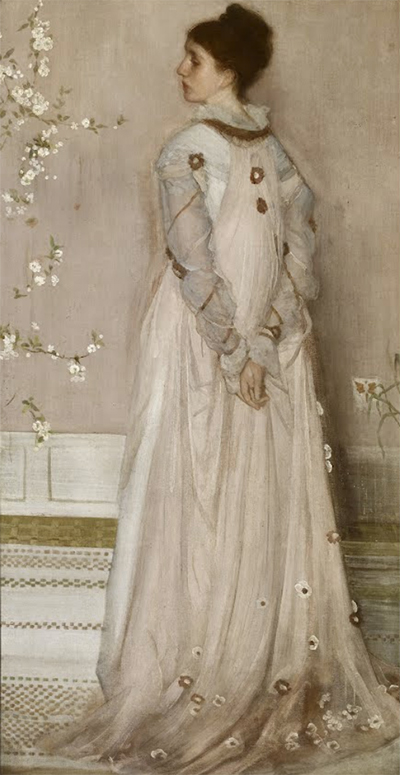There is nothing usually successful to an artist name as a successful painting of a royal individual. Portraits and pictures have been done by chiefs and chieftains concerning them or their wives. They have also frequently ordered for a portrait of their whole family.
These paintings are usually for memory purposes, but with time they become valuable and collectible. One such successful painting is the Symphony in Flesh Color and Pink: Portrait of Mrs. Frances Leyland that was curved out by James Abbott McNeill Whistler. This masterpiece that has attracted tourists from all over the globe was created in the 1870s Whistler.
The painting is about the wife of the Chief Leyland. The art has a lot to tell about the wife of the chief and how she groomed. From the painting you can come up with the many conclusions about the wife of the leader. Unlike other paintings and portraits, this one focuses on the back of the chief's wife with only the side of her face visible. This could be due to various reasons with the most common ones being Mrs. Leyland wanting her dress to be displayed entirely in the portrait.
When you have a look at the painting, you will definitely conclude that Mrs. Leyland is royal even minus knowing so. This is because of the environment she is in and the type of dressing she is wearing. Leylands dressing plays a crucial role in telling us about her personality and position in society. The dress that she is in is long sleeved and highly decorated with flowers. It sweeps the ground just like the dress of a bride.
The environment around her is also a good one. This is because it's decorated with flowers that are at the furthest end of the corner. The artist is also able to give us a description of the walls around her. The walls are neatly done and adequately decorated. This piece of art was first exhibited in 1874 and was sponsored by Mr. Leyland himself. Though the artist regarded it as an incomplete piece since he had not yet completed Mrs. Leylands red hair. The painting is currently in New York and is owned by the Frick collectors.




